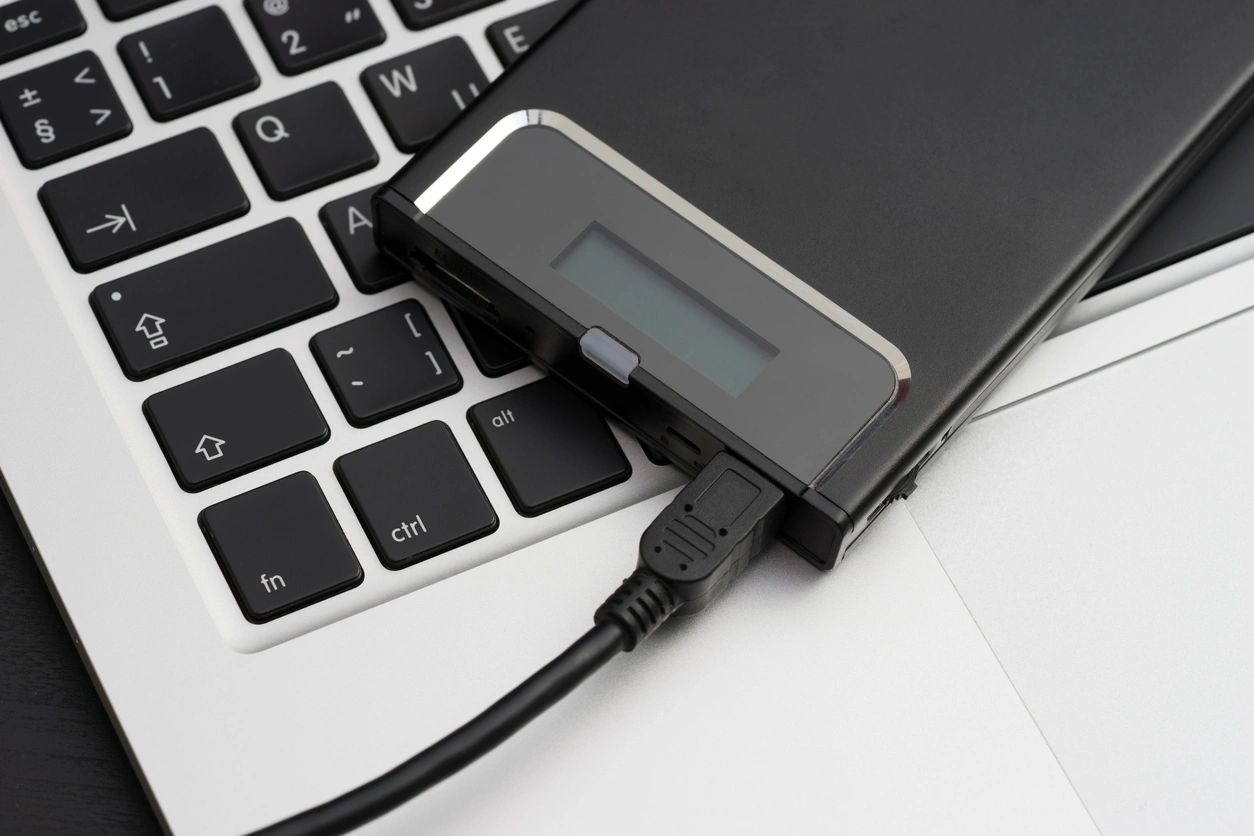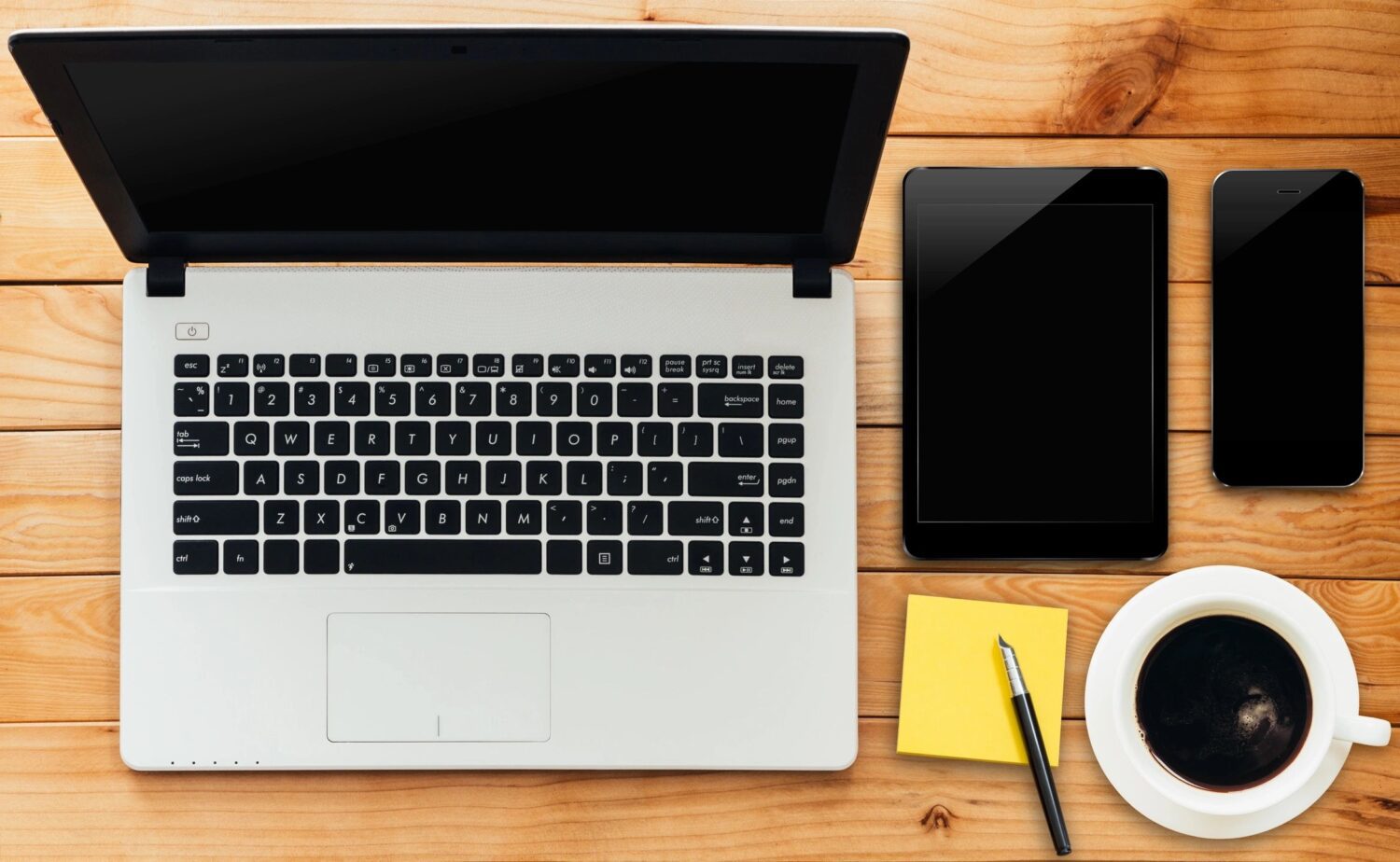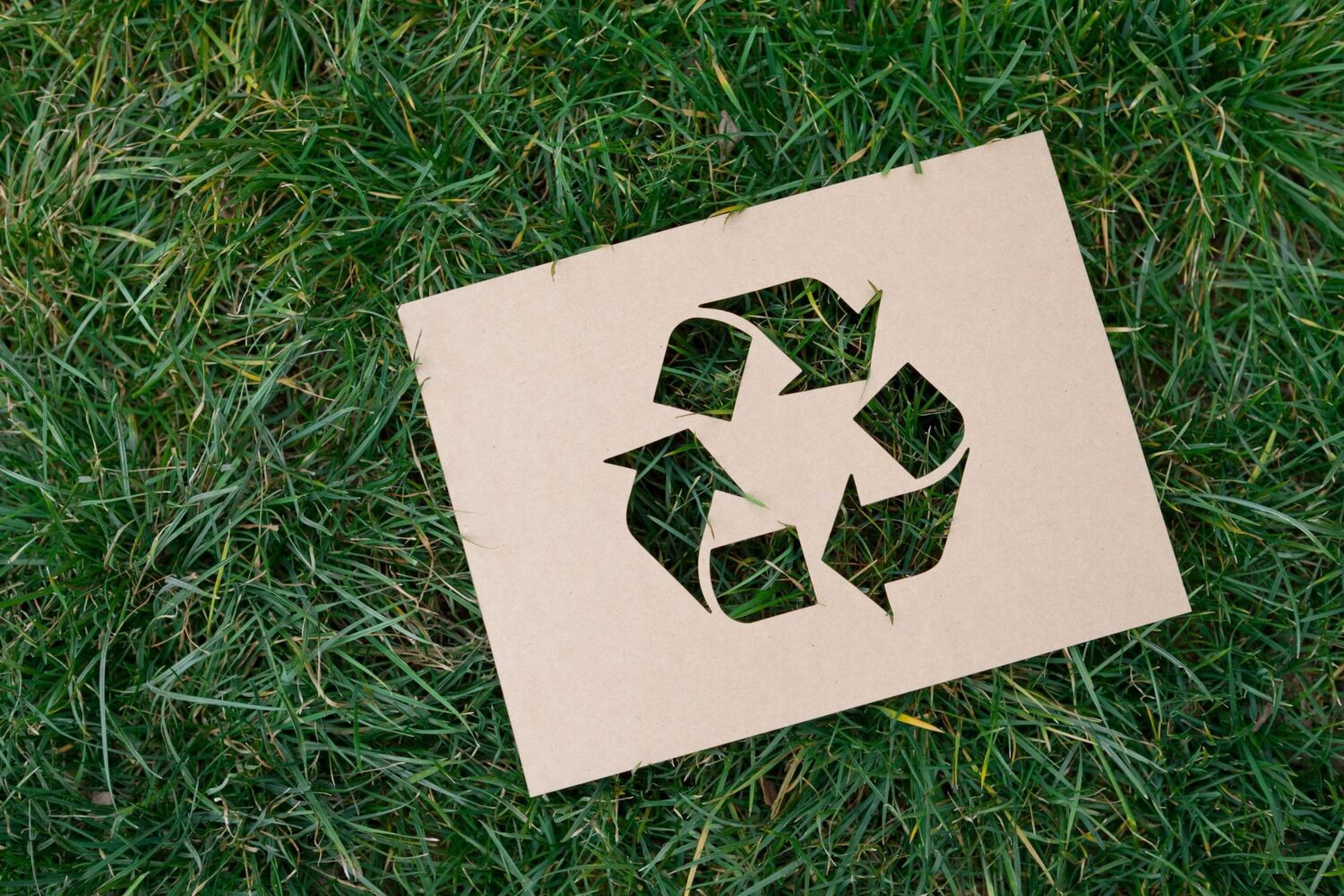Our laptops and computers are a vital part of modern living whether we like to admit it or not. Both a personal and professional necessity, it’s an expense many do not mind investing in especially in time for the new year. If you’re lucky enough to be gifted or purchase a brand new laptop or computer, it’s important to think about what to do with the old device.
Much like your cellphone, your computer houses a lot of sensitive data including but not limited to browsing history, financial or health records, and sensitive emails. In the throes of getting or receiving a new computer or laptop, it is easy to forget the security protocols in parting ways with the old and setting up the new.
Before you sell, recycle, or donate your old device, follow the steps below to make sure you can safely enjoy your new device without suffering the consequences of potential privacy breaches.
If you’re in the market for the perfect laptop, check out our article on Best Laptops & How to pick the right laptop.
Table of Contents:
How to Back-Up Old Data

Some users like to start on new equipment with a blank slate, which means manually transferring batches of file folders or individual files to the new device. Others prefer to restore directly from a backup from one of my favorite external hard drives – the My Passport SSD Portable drive, or from online storage like iDrive, Dropbox, or iCloud, to replicate what they had on their old device to their new one. Regardless of your preference, you need to make sure to extract the data from your old computer or laptop so that you can not only safeguard the information you’ll need for the future but so you can use that backup to set up your new device properly.
The primary source for backups is usually the cloud or an external hard drive.
- For more on the pros and cons of each type of backup option, please check out our article on How to Back-up your devices the right way.
- For how much storage you’d need, please check out our other article on How to determine how much storage is needed to back up your computer.
How to transfer/migrate Data to a new device

After you back up all your data off your older computer or laptop, go ahead and set up your new device as you’d like to use it moving forward. It’s best to make sure your data exists in multiple places in case of disk failure or data breach. Most operating systems have a system-specific migration service that is usually complimentary.
Migrating to a new Mac

For most Mac users, you can use Migration Assistant to transfer data directly from your old device to your new one or from a backup source. The benefit of using this option is that it allows you to transfer documents, apps, user accounts, and settings from your old Mac to your new Mac.
- The step-by-step guide to using Migration Assistant can be found, here: How to Use Migration Assistant for Mac to Mac. Please note: even though you can directly transfer data from the old Mac to the new one, you should still have a full backup of your old device. In case anything should happen to your new device, you’ll still have all your data stored somewhere safe.
- You can also use the Migration Assistant to transfer data from a PC to a Mac. Heads up, you’ll need to install the Windows Migration Assistant on your PC first. The step-by-step guide to use the Migration Assistant to transfer data from a PC to a Mac can be found, here: How to Use Migration Assistant for PC to Mac.
- The other option for Mac users is to use Time Machine, which is a backup feature that comes with every Mac, to automatically or manually back up your personal data, including apps, music, photos, email, and documents. If you used Time Machine to back up your old Mac, you can open it on your new Mac and use the ‘restore from backup’ option to set up your new Mac with all the features of the old Mac. More detailed step-by-step instructions on how to restore from Time Machine can be found here: How to Restore from Time Machine.
Migrating to a new Windows Computer

For those running Windows 7 through 10, there is a backup utility that comes with those operating systems, which lets you restore folders and files but not applications or settings. The way to restore files from your old PC to the new one is using the Windows backup feature called File History.
Instructions on how to use these backup features can be found here: How to Use File History.
Unfortunately, if you are restoring from an external hard drive backup or files transfer, please note that locally stored mail and calendar settings and files may not transfer from the backup so make sure those files are synced up to a server so it can be restored from the server during setup.
How to data wipe your old device

How to securely wipe your data before disposal using software
After you’ve backed up your data and transferred or restored files onto your new device, you’re ready to ‘wipe’ all the data from your old laptop or computer.’
How to use software to securely wipe your data before disposal
Before parting with your old PC or Mac, it’s crucial to ensure all personal data is completely erased to prevent unauthorized access. Simply deleting files or formatting your drive isn’t enough—data can still be recovered with the right tools. Instead, use specialized data-wiping software designed to permanently overwrite your files, making them unrecoverable. For our top recommended tools, check out our guide: Top Software Picks to Securely Delete Your Files.
How to remove your internal hard drive before disposal
If you want the highest level of security, physically removing your internal hard drive ensures no one can access your data. However, some laptops have hard drives soldered onto the motherboard, making removal impossible..
The process of removing the hard drive varies depending on the laptop model. However, the general steps are as follows:
- Turn off your laptop and unplug it from the power source.
- Remove the battery from the laptop.
- Locate the hard drive compartment. This is usually located on the bottom of the laptop and is marked with a hard drive symbol.
- Remove the screws that hold the hard drive compartment cover in place.
- Remove the hard drive compartment cover.
- Locate the hard drive and remove any screws that are holding it in place.
- Carefully disconnect the hard drive from the laptop by pulling it out of its socket.
If physically removing your hard drive is not an option, follow these steps:
1) Sign Out and Deactivate All Accounts
- Log out of programs and online accounts to prevent unauthorized access.
- Some services limit the number of logins from different devices, so make sure to deactivate them properly.
- For software requiring a license, save the serial number or activation details offline.
For Mac users:
- Disable Find My Mac and log out of iCloud under System Preferences.
- Deauthorize your account in iTunes and sign out of iMessage.
2) Clear Browsing and Login Data
- Back up important browser data (passwords, bookmarks, and search history) before wiping.
- Delete stored passwords, cache, and download history from all browsers.
- If using Chrome, make sure your data is synced to your new device before clearing everything.
3) Remove Network and Bluetooth Connections
- Delete saved WiFi network credentials to prevent automatic reconnections.
- Unpair Bluetooth devices such as headphones, keyboards, and mice.
4) Perform a Factory Reset
Resetting your device to factory settings ensures all data is erased and makes it ready for resale, donation, or recycling.
What if I can’t remove my hard drive and I can’t even power on my old laptop?
Contact a professional: If you are not comfortable removing the hard drive or erasing it yourself, you can take your laptop to a professional. They can help you remove the hard drive and dispose of it properly.
Physically destroy the hard drive: If you are unable to erase your hard drive, you can physically (and carefully) destroy it. You can carefully use a hammer, drill, or other tools to break the hard drive into small pieces.
Best ways to get rid of your device

Now that your old computer or laptop has been ‘wiped’ clean, you’re ready to sell, recycle or donate your old device.
Best way to sell your old device
Amazon’s Trade-In Program
Amazon’s Trade-In Program is a quick and easy way for you to earn something from your old and unused electronics. Most older electronics decrease in value as time goes on, so it’s not likely that you’ll be able to earn a ton of money by selling them. Sure, you could always give your old item to a friend or family member if it’s still in good shape. However, if they are going to want to use something newer as well, then this is the perfect way for you to recycle your items and earn money back at the same time. Follow these steps on how this program works.
Best way to recycle your old device
Because most computers and laptops contain hazardous materials such as heavy metals, you cannot simply throw it away. It must be disposed of responsibly. Many computer companies, electronic stores, and other organizations have recycling or donation programs at no cost to you. The Environmental Protection Agency has a list of donation and recycling programs, here: Environmental Protection Agency’s Electronics Donation and Recycling page.
More:
Related:
Copyright 2025 CyberGuy.com. All rights reserved. CyberGuy.com articles and content may contain affiliate links that earn a commission when purchases are made.



4 comments
In the “How to data wipe your old device” section, you wrote “For some models of laptops, however, the hard drives are smoldered onto the motherboard (the main circuit board) which would render your old device useless.” First of all, what is “smoldered”?!?! And secondly, how does that render your old device useless?? If you’re trying to say the hard drive is permanently connected to the motherboard, the device is still quite useful, but the disk needs to be properly (and securely) erased.
Keep in mind that simply “reset”-ing a system does not necessarily mean that all data is ERASED. When a file is deleted by the operating system, the data isn’t overwritten, but the directory entry to the file is simply modified and the allocation table is updated to indicate that the space that the file was using is now available for another file to use. If you don’t create a new file, the data from the old file is still readable on the disk.
You also don’t recommend the easiest and most secure way to “wipe” their disk drive (AFTER they’ve backed up everything they needed from the original disk), which would be to do a “secure erase” of the entire disk. There are several tools (most of them probably free) that will completely rewrite the entire disk making it impossible to read any of your old data. This page (https://www.backblaze.com/blog/how-to-wipe-pc-ssd-or-hard-drive/) seems to list some reasonable options.